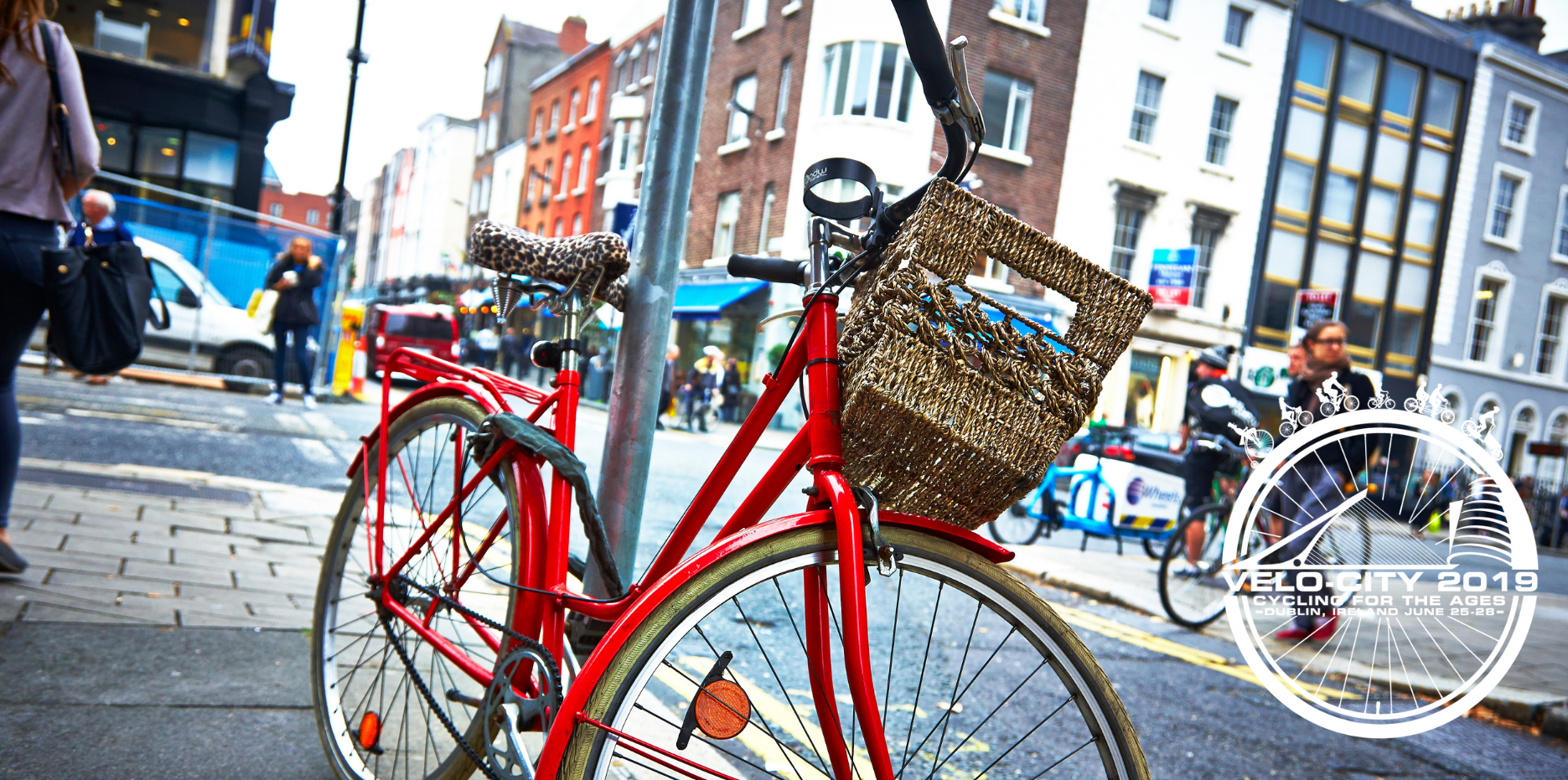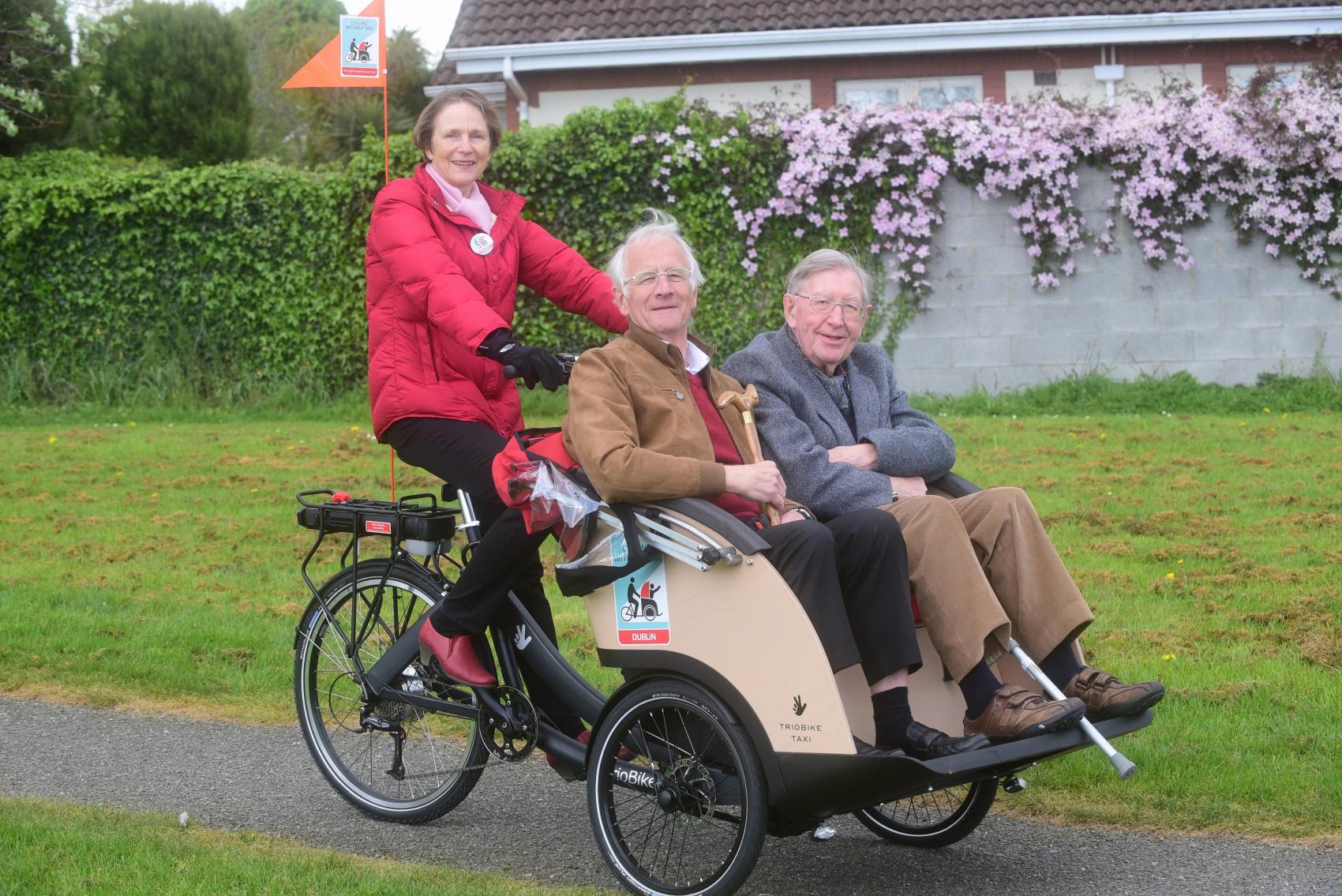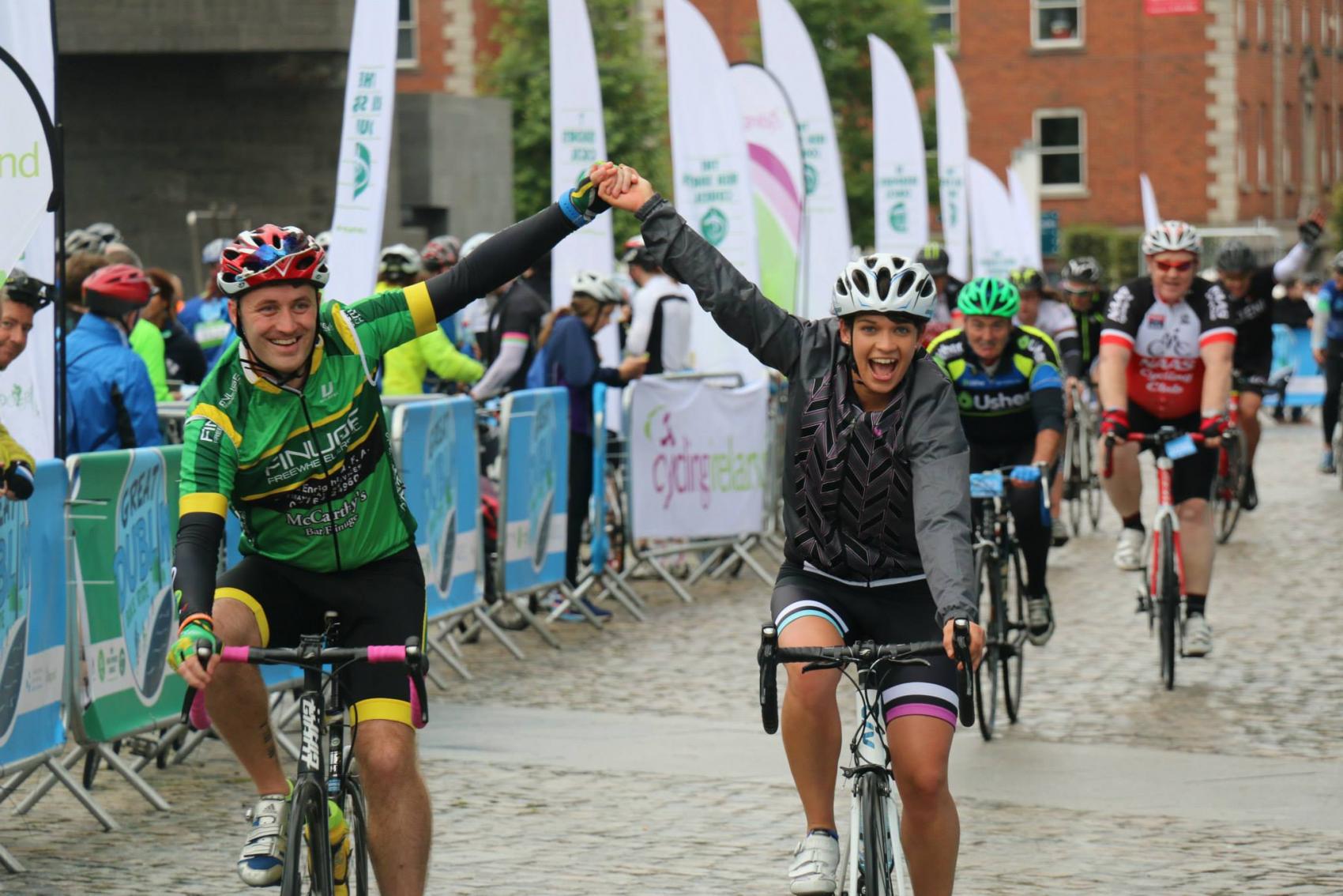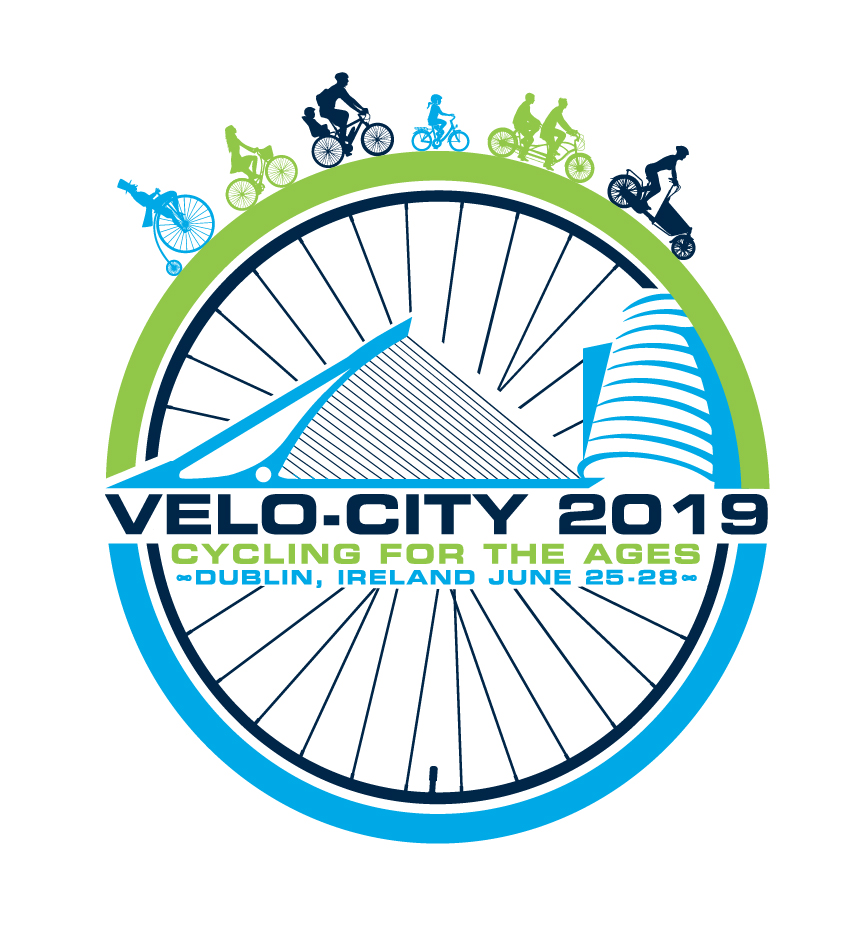
Health & Social - A deeper look at the Velo-city 2019 subtheme
The Velo-city 2019 theme of Health & Social is about people and examining the role cycling plays in delivering for the health and wellbeing of all citizens. There are a host of benefits to be gained from cycling - It is good for our health, our happiness and for our communities and cities. Cycling can greatly enhance and improve the individual lives of people in our communities and cities both physically and mentally. Unfortunately, the potential of cycling remains unfulfilled as the majority of the population do not consider cycling as a transportation or recreational option. How do we change the perception that “cycling is not for me”? How do we make a stronger case for cycling and make it more appealing and more inclusive?
The theme ‘Health & Social’ seeks to explore opportunities of cycling under the following four sub-themes:
1. Health: Promotion and Prevention
Insufficient physical activity is one of the leading risk factors of death worldwide and a key risk factor for non-communicable diseases such as coronary heart disease, type II diabetes and various forms of cancer. The economic burden of this preventable premature mortality and morbidity is substantial.
Cycling, whether for transport or leisure, is a form of physical activity and therefore has the capacity to negate these risks. In addition, cycling can provide many positive health outcomes -including improved cardiovascular fitness, increased strength, balance, coordination and mental health - all serving to maintain our independence and quality of life as we age.
One of the most commonly cited barriers for lack of physical activity is “no time”. As cycling can be incorporated into everyday lives this alleviates this barrier hence further increasing the potential of cycling. How can we better promote cycling as a means to improve health and quality of life?

2. Social Inclusion, cohesion and equity
A successful city is one which provides for the basic needs of all its citizens. However, when it comes to cycling, it appears all is not equal. Many people conjure up images of fit, young, fearless men when they think about city cycling. Many others remember the freedom cycling provided as a child – the freedom to go further, faster, at your own time of choosing. The increase in volume and speed of cars has changed the childhood cycling experience with many parents afraid to let their children cycle on the streets. In line with all forms of physical activity, evidence suggests people with disabilities, older adults, women and people from disadvantaged and ethnic minority communities are less likely to cycle.
What is being done and what can be done to address these inequalities and make cycling more inclusive for a myriad of differing abilities and needs? How do we engage the most vulnerable to plan and design for inclusive communities?
3. Behavioural change and the influence of the media
Behaviour change theories cite environmental, personal, and behavioural characteristics as the major factors in determining behaviour. This makes changing behaviour a complex and challenging task requiring cross sectoral collaboration. In order to increase the number and diversity of people cycling, we need a multifaceted approach targeting all sectors of society i.e. government, communities, schools, individuals etc. How can we best facilitate and gain buy-in from all necessary stakeholders? How can we ensure our interventions are evidence-based and tailored for the target population demographic whose behaviour we wish to change?
How can we achieve the most positive outcomes with the least effort? For example, the impact of the media in influencing attitudes towards cyclists and cycling is substantial. How can we engage with the media to positively influence cycling behaviour?

4. Sport & leisure
There are an array of opportunities enticing people to cycle for sport and leisure. These include the ongoing development of cycle greenways and cycle tracks, many of which have led to substantial increases in tourism and the revival of country villages. In addition, an increase in cyclosportives such as the Great Dublin Bike Ride has enticed a new demographic into the sport as recreational participants.

Is there an opportunity to increase the number of people cycling by joining the dots and creating better links between the opportunities already available? For example, can organised community cycling programmes create a sustainable pathway to cyclosportives and community cycling clubs? How can we assist and encourage these new recreational cyclists to cycle as part of their commute?
‘Sport’ has the capacity to inspire people to lead healthier lifestyles. Positive sporting role models with the right message can influence attitudes and behaviour. Is there untapped potential through the world of sport to advocate for all forms of cycling from all walks of life?
For more information on the Velo-city Programme, Exhibition and Registration go to: https://www.velo-city2019.com Sign up for our newsletter: https://abbey.us9.list-manage.com/subscribe?u=fd5fa9b846888ef25e85f1973&id=75273fab2e Follow us on social media: Facebook, Twitter, Instagram, LinkedIn
News category:
Network/Project Involved:
Contact the author
Recent news!
Upcoming events
Contact Us
Avenue des Arts, 7-8
Postal address: Rue de la Charité, 22
1210 Brussels, Belgium









